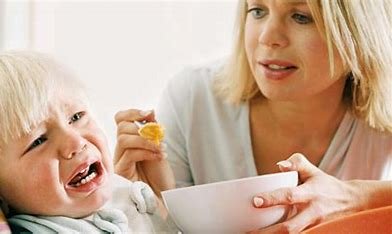
30 Aug Forceful Feeding in Children
Pressure to eat and force feeding has been associated with many negative consequences to include but not limited to:
1. Dislike to food and children associating mealtimes with a negative experience.
2. Pressurizing children to eat will undermine their appetite control and reduce their responses to natural hunger or fullness signals.
3. Trying or experimenting different foods by forcing it down their throats will only result in negative associations to that type of food.
4. Offering children larger portions than what they can consume leads to many eating disorders.
How to handle this?
By offering foods, if your child rejects the food, do not turn this experience into a battle.
Children will clearly let you know when they are hungry.
Initially, to get to know your child, maintain a diary to keep track of when they last ate, and you will soon learn their eating patterns. If they do not eat at a particular time, offer the food later on.
Trust your little one’s stomach and try to make mealtimes a pleasurable experience for all.
Most importantly, be realistic on the portions of food that you send. The best guide is a single portion of each food is roughly what would fit in the palm of a child’s hand e.g. palm size portion of pasta with a palm size serving of vegetables.



Sorry, the comment form is closed at this time.